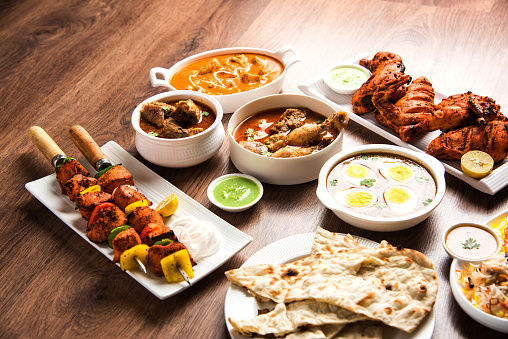It is impossible to mention Indian cuisine without the rich culinary heritage of the royal Kashmiri feast known as Wazwan. Waza in Kashmiri means cook and Wan means shop. The 36 course meal is meant to provide you with an out-of-the-world experience. Kashmir was on the Silk Route connecting Asia to the Mediterranean. Silk merchants introduced Persian and Russian flavours in the valley. In 1398 when Taimoor invaded Hindustan, he brought with him cooks from Samarkand. These Wazas amalgamated Persian, Turkish and Afghan recipes to develop the Kashmiri cuisine.
Also Read: Easy, healthy breakfast recipe: 5-minute Dahi Poha
The preparation of the meal begins long before sunrise at 3 am. The Wasta Waza supervises all other Wazas. Authentic Wazwan is made only of lamb and different dishes require meat from different parts of the sheep’s body. Meat is prepared to be cooked within one hour of butchering. It is minced with a walnut wood hammer on stone until it loses its stringiness. Wazas beat the meat till it attains a creamy consistency.
Also Read: Negative calorie foods that you must include in diet
Unlike most dishes of the Indian subcontinent, where flavour is added to the food while cooking, Wazwan flavours are added while the dish is still uncooked – by soaking the preparation in flavored water or by exposing the preparation to flavored smoke. The flavoring blends are based not on spices but on mild herbs and flower essences. The red dye in the food is from the cockscomb flower, called Mawal locally. The pre-cooking methods require a great deal of precision, culinary art, patience and enormous love that Wazas liberally shower on their creations.







